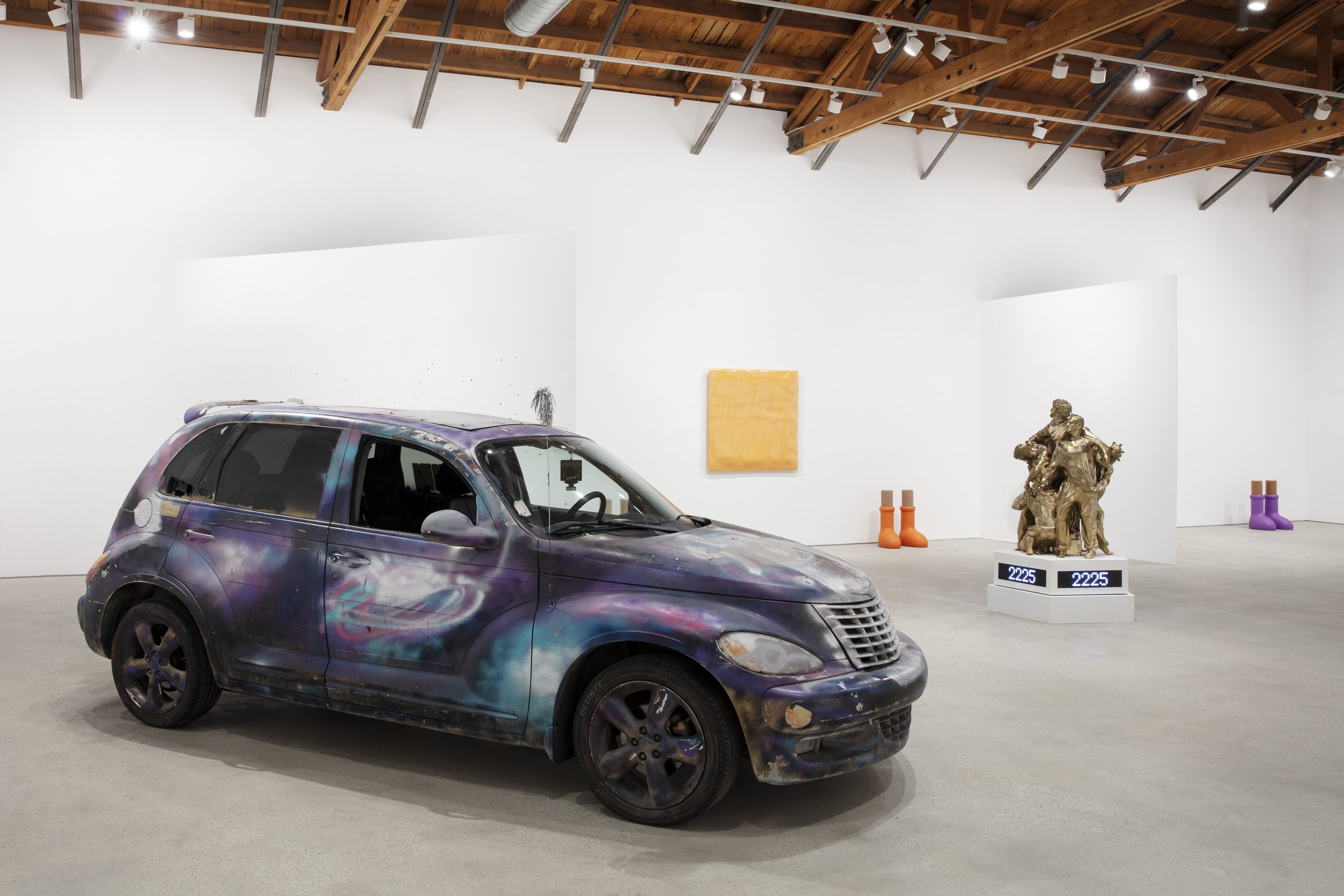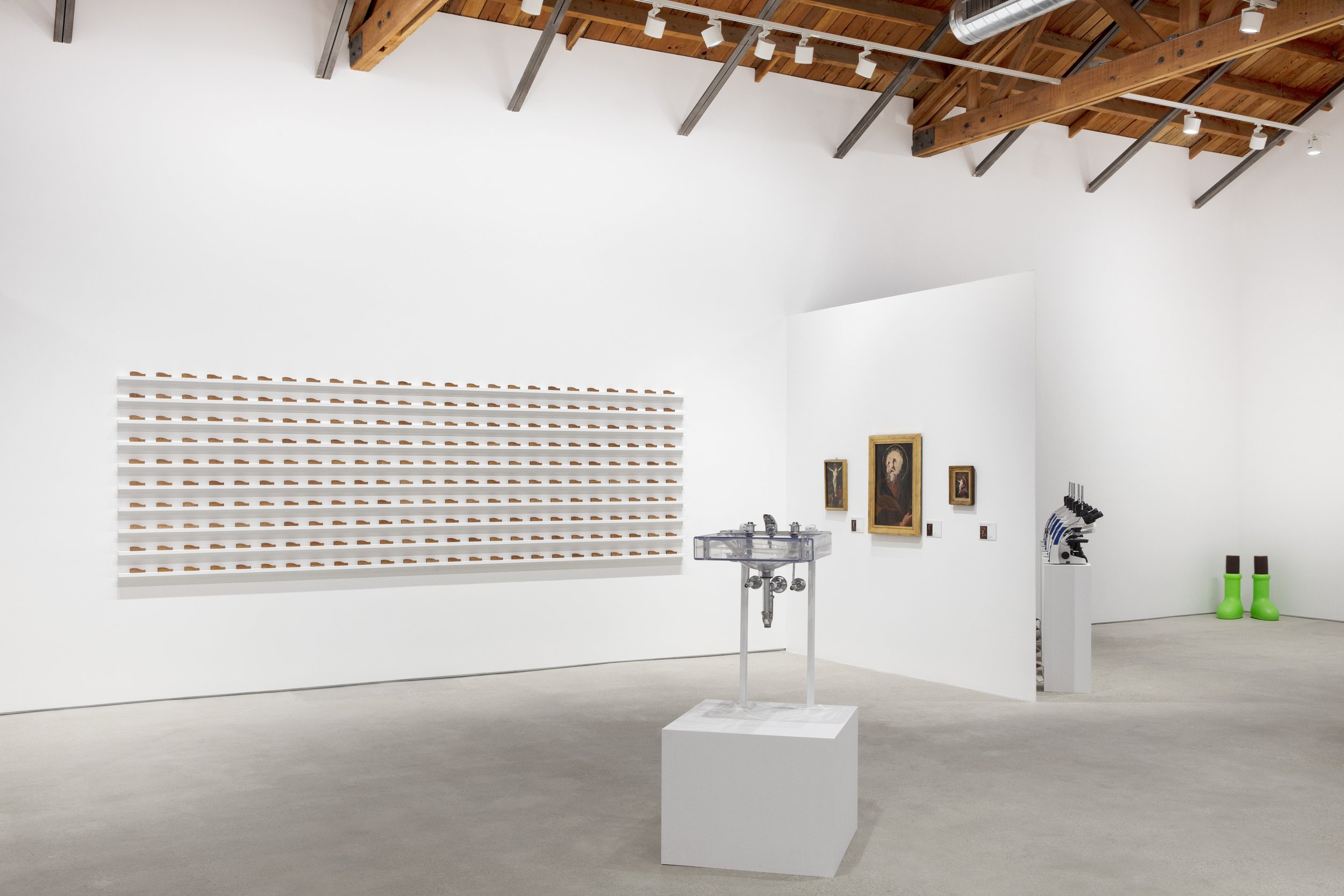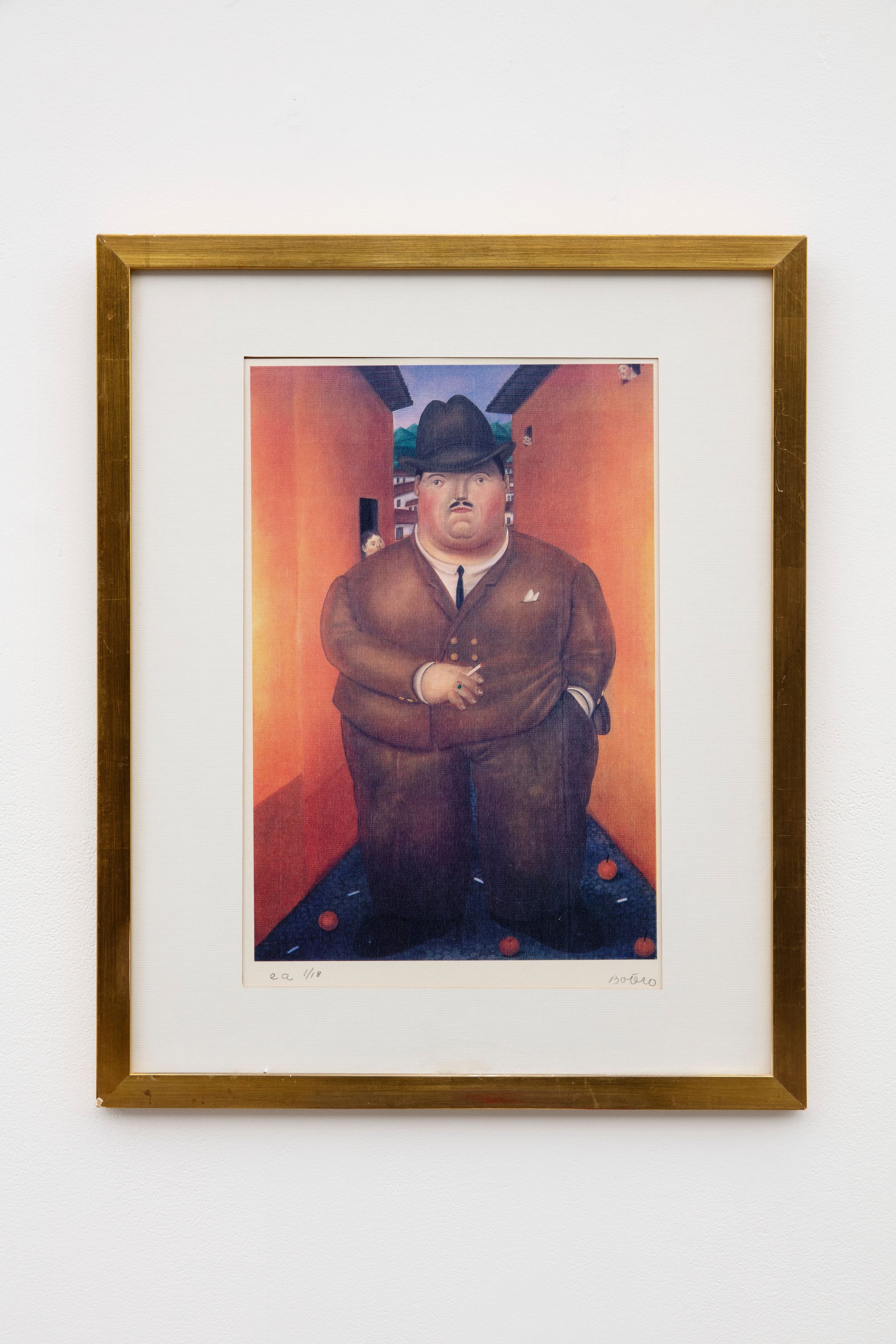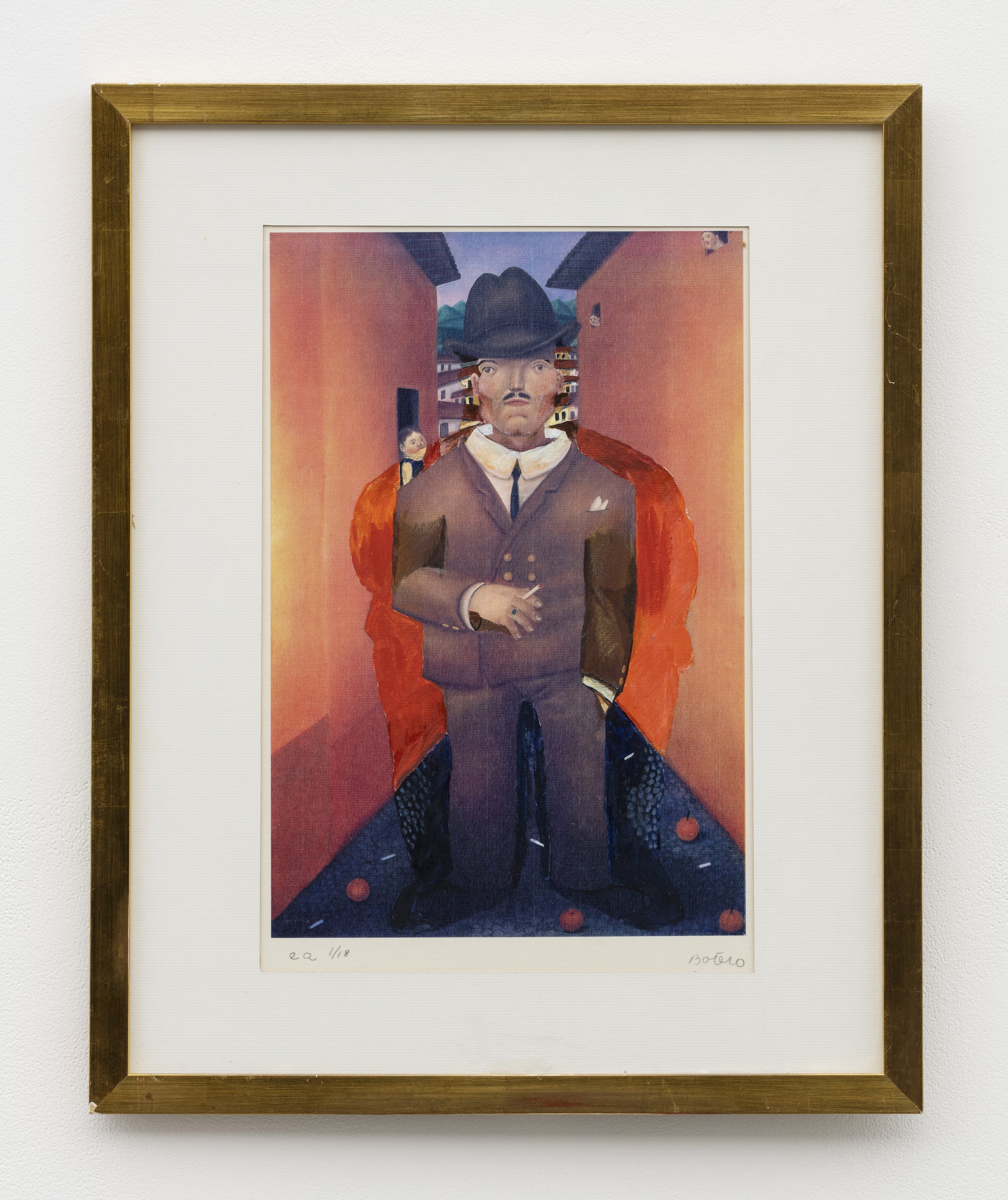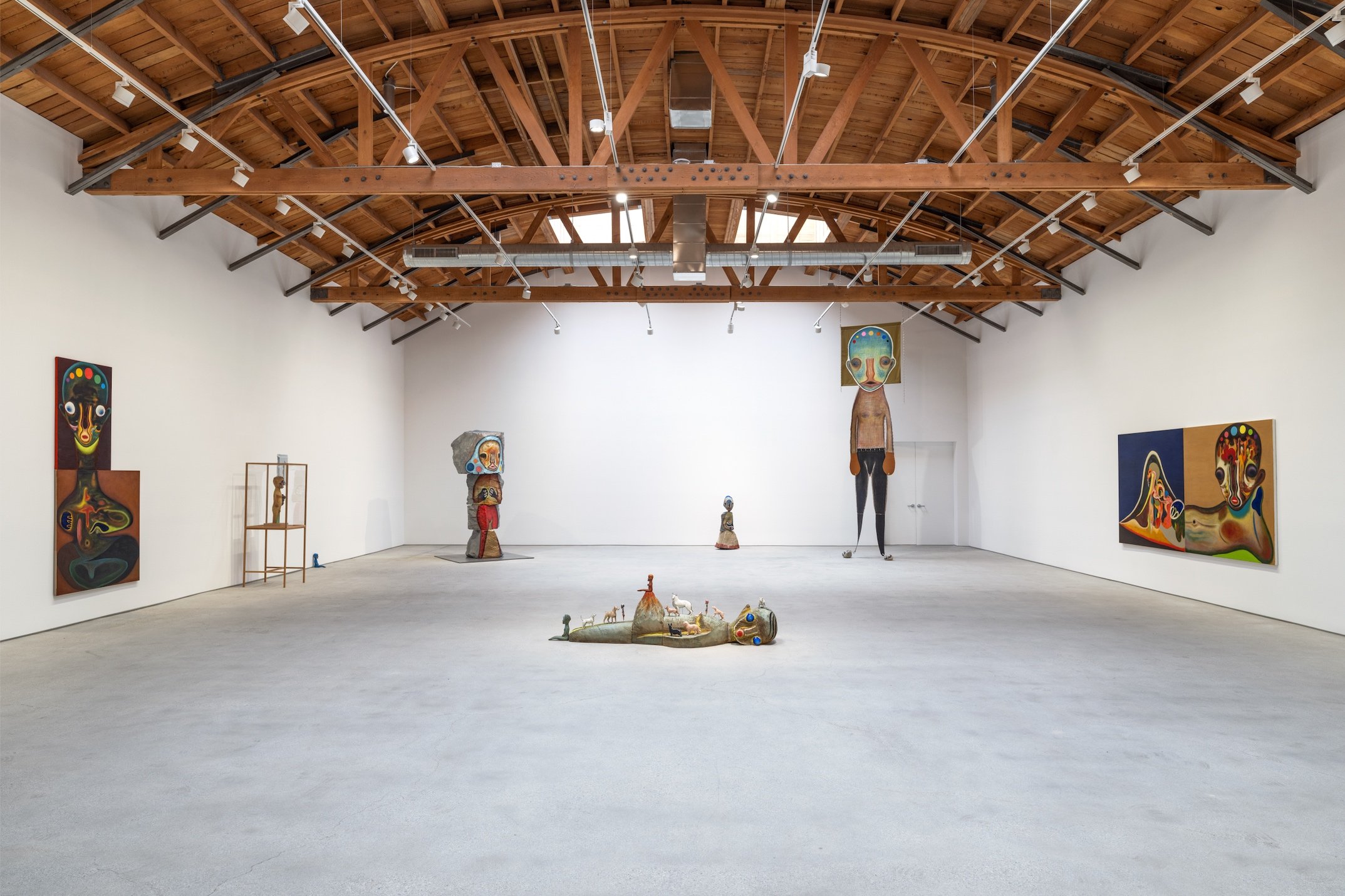AYA TAKANO’S “how far how deep we can go" exhibition at Perrotin in LA invites visitors into a mystical world which offers an escape and hope for a brighter existence.
AYA TAKANO 地球上のすべての生物のスピリット | the spirit of all life on earth, 2025. 130.3 x 162 x 3 cm | 51 5/16 x 63 3/4 x 1 3/16 inches. Oil on canvas. ©2025 AYA TAKANO/Kaikai Kiki Co., Ltd. All Rights Reserved. Courtesy Perrotin.
text by Poppy Baring
Inspired by all art forms from Expressionism to the erotic art of Japan's Edo period, from manga artists such as Osamu Tezuka to Gustav Klimt, AYA TAKANO has been creating her own intimate fantasy since the age of three. Born in Japan in 1976, the painter, illustrator, and highly recognised Superflat artist welcomes LA residents to her new exhibition titled “how far how deep we can go”.
TAKANO presents otherworldly nymph-like characters that are extraterrestrial and yet still connected to and reflective of our reality. Drawing from the past and thinking to the future, she creates a limitless existence where time, gender, and age are undefined. Through various mediums, the Japanese artist investigates our inherent consciousness, exploring what it means to be marked by the past and connected to all life that occurred before us and will exist after us. Held in LA, home to spiritual seekers as well as recent environmental catastrophe, the exhibition offers a universe where all souls prosper as equals, a space where compassion prevails. In this interview, TAKANO provides insight into her worldview and her day-to-day life, asking visitors to look inwards and reconnect with the “radiance of all life.” Read More.












